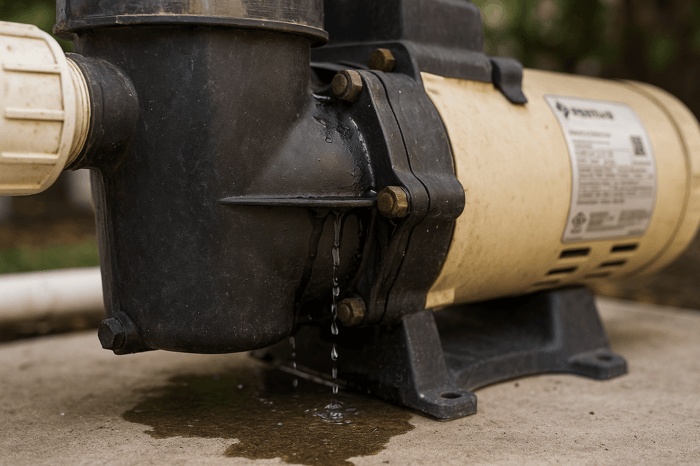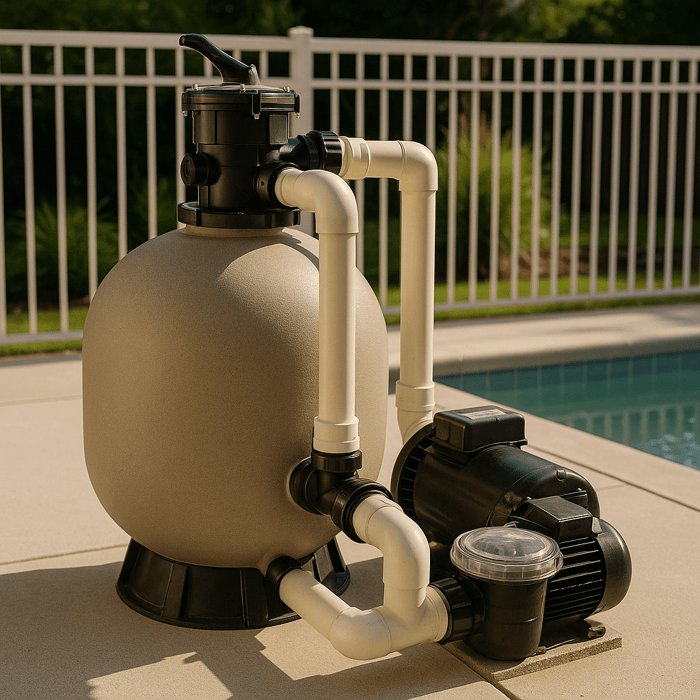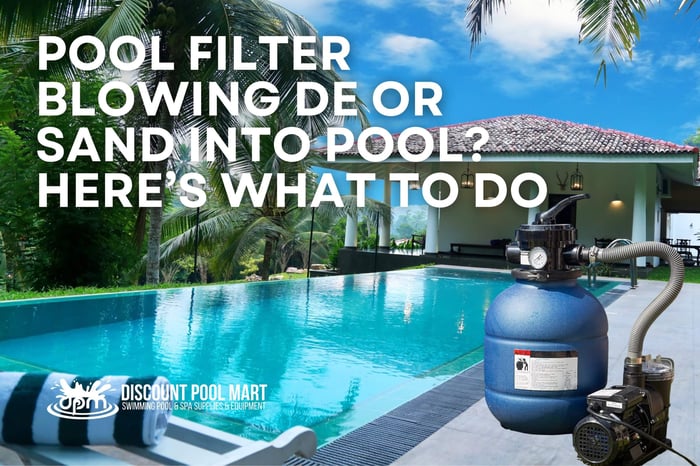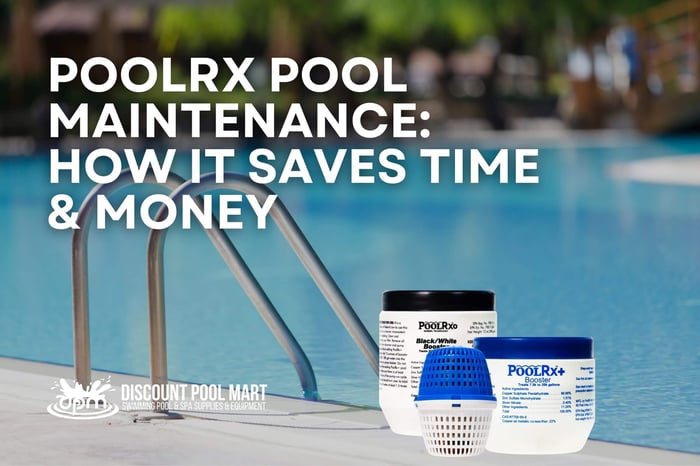Diagnosing Pool Pump Leaks: What to Look For & How to Fix It
Pool pump leaks are one of the most common issues pool owners run into—especially after seasonal changes, heavy use, or long periods of inactivity. If you’ve noticed puddling under your equipment pad, low water levels, or air bubbles in your return jets, chances are your pump is leaking somewhere. Whether you own a Hayward Super Pump, Pentair WhisperFlo, or Jandy FloPro, catching leaks early can prevent bigger problems like burnt-out motors, poor filtration, and high utility bills. This guide walks you through what causes these leaks, where to inspect, and how to find the right replacement part to stop the drip.
Why Is My Pool Pump Leaking?
Pool pump leaks are usually caused by deteriorating seals or connections. Over time, rubber components like O-rings and gaskets shrink, flatten, or crack from exposure to chlorine, heat, and sunlight. Threaded unions may loosen or warp due to vibration or improper installation. Even a small shift in your plumbing or pump base can put stress on joints and create a leak path.
Here are the most common failure points:
Shaft seal – This seal sits behind the impeller and keeps water from leaking down the motor shaft. A bad shaft seal can cause water to drip from the bottom of the motor and may lead to rust or motor failure if not addressed.
Pump lid gasket – If you see bubbles in your pump basket or water seeping from the top, your lid O-ring may be dried out, stretched, or pinched.
Union fittings – These quick-disconnect joints often leak if they’re overtightened, under-tightened, or not seated with the right lubricant. They may also warp from high heat or freeze damage.
Volute or seal plate – Cracks or loose bolts around the pump housing or volute can also let water escape.

Signs You Have a Leak (Even If You Don’t See Water)
Not all pool pump leaks show up as obvious drips. Look for:
Air in the system – Bubbling in the pump basket or return lines could mean air is being pulled in through a leaking lid or union.
Pressure loss – A leak can cause a drop in filter pressure, affecting your circulation and heating.
Water stains or scale – White mineral build-up around the base of the pump is a sign of slow seepage that’s been evaporating before pooling.
Noise – A leaking pump may sound louder, rattly, or even screechy if air or water is bypassing the impeller.
How to Inspect for Pool Pump Leaks
Before pulling your pump apart, do a visual check. Wipe everything dry, then run the pump and look for moisture forming:
Use a flashlight to check for glistening edges around unions, lid, or housing.
Press gently on the union collars—if they move easily, they may be loose.
If the leak is coming from underneath the motor, it’s likely the shaft seal.
For minor lid leaks, try re-lubricating the O-ring with silicone lube before replacing it.
How to Find the Right Pool Pump Parts & Motor Components
If you're unsure which part is to blame, don’t guess. Use the Replacement Parts Search Tool on our homepage. Enter your equipment type, brand, and model, and you’ll instantly see a visual diagram with hotspot buttons that let you click and explore all the compatible shaft seals, O-rings, union kits, and pump gaskets for your setup.
This tool takes the guesswork out of finding the right part for your exact pump model—even if it’s an older or less common version.
Final Thoughts: Fix the Drip Before It Spreads
A minor pool pump leak might seem harmless, but over time it can corrode internal components, drive up your water bill, and even damage your motor. Most leaks are easy to fix with a basic part swap—if you catch them early.
Whether it’s a shaft seal or just a tired O-ring, a quick inspection and the right replacement part can save you hours of headache and hundreds of dollars in repairs.
Ready to stop the drip? Head to our homepage and try the Pump Part Finder. You’ll get an exact-match diagram of your pump model so you can order confidently and repair quickly—before a minor leak turns into a major one.




